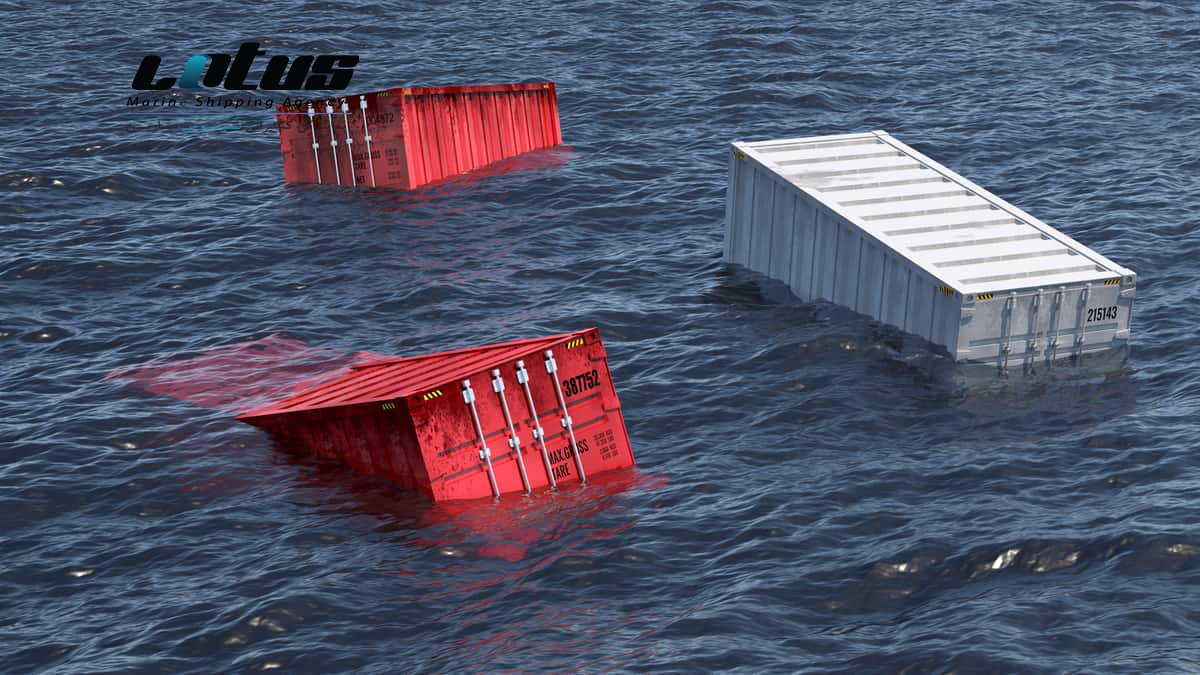Container barge on tow of tug Mega Daya 43 suffered containers shift in Singapore Strait off Karimun, Riau Archipelago, Indonesia.
Amid an alarming trend of containers lost overboard, the Swedish P&I Club has issued a report providing guidance on planning and loading the containers, such as the containers’ stowage plan, dimensions, weights, and stability.
According to the Club’s statistics, the main reason of containers lost overboard is related to container vessels navigating in heavy weather combined with the crew’s failure to reduce speed and/or alter course to avoid it or alleviate its effect.
Planning, Loading and Stability: Loss prevention advice
- The Cargo Securing Manual (CSM) should be approved by the vessel’s Classification Society and/or the Flag State Administration.
- There should be procedures in place for calibrating the loading computer.
- The loading computer should include a lashing module. This is obligatory if Classification Society route specific lashing rules apply.
- The CSM is not accurate if the actual GM significantly exceeds the design GM. The CSM will specify a maximum GM for a vessel, which should not be exceeded.
- Sailing with an excessive GM i.e. in a ‘stiff’ condition, results in increased acceleration forces and more violent rolling motion.
- If the maximum GM is exceeded this could result in :-Higher transverse acceleration-Overstressing stowage and securing devices-Overstressing the ship’s structure
-Damaging containers
- Sailing with a very low GM should also be avoided to ensure positive stability is maintained throughout the voyage and during cargo operations.
- Before loading, the Master should ensure that the container weights are declared as per SOLAS requirements and that the maximum stack weight and height limits are not exceeded.
- Unusual stowage plans, loading conditions or voyages, that may not be allowed for in the CSM require particular attention and it is essential that the cargo planner discusses the stowage plan with the Master to identify any potential problems.
- Avoid loading heavy containers above light containers, particularly in the upper tiers, unless permitted by the CSM and subject to forces being checked on the loading computer.
- Lashing plans provided to stevedores should be checked against the CSM at each loading.
- Instructions relating to the correct application of the lashing arrangements should be available to the stevedores at every bay.
- It is important that the verified gross mass established for each container is applied to the vessel’s loading plan.
for more information visit sea freight page

